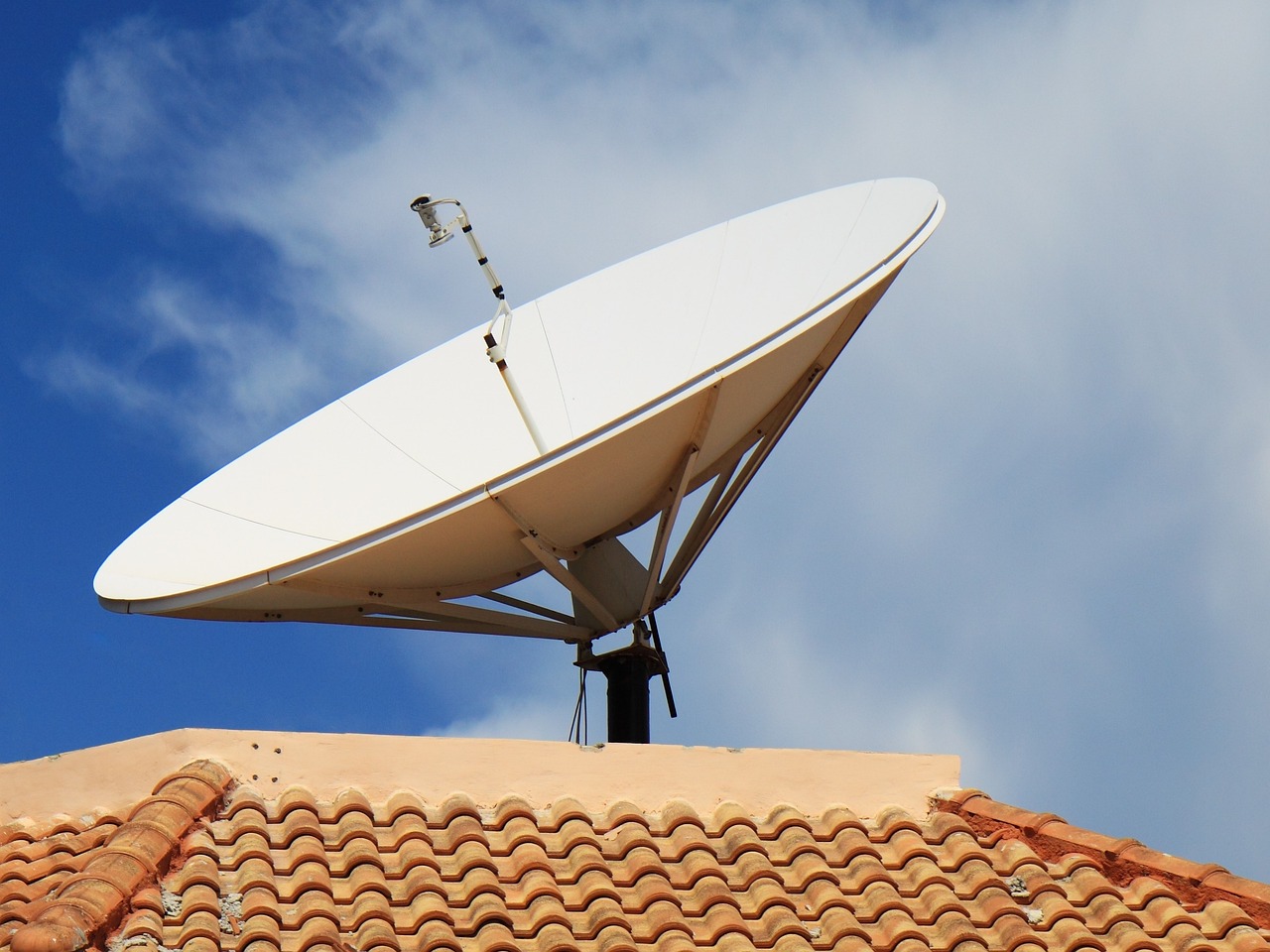How to Get the Best Aerial Reception in Rural Areas

Living in a rural area comes with its unique set of challenges, and one of them can be achieving good aerial reception. Whether it’s for television or radio, the quality of your signal can be significantly impacted by your location’s remoteness. However, experiencing poor signal strength or constant interference does not have to be a norm.
By adopting specific strategies, rural residents can enhance their aerial reception, ensuring they enjoy clear, uninterrupted broadcasts. Below, we explore how you can optimise your aerial setup and get the best possible reception, regardless of the rural backdrop.
Understanding the Challenges
Before diving into solutions, it’s important to comprehend the obstacles rural areas face regarding aerial reception. Several factors, including topographical impediments (hills and valleys), longer distances from broadcast towers, and fewer transmitters, can weaken signal strength. Recognizing these challenges is the first step towards finding effective remedies.
Choose the Right Aerial
The selection of an appropriate aerial is foundational in improving reception. In rural settings, a high gain aerial is often recommended. These aerials are specifically designed to pick up weaker signals, which is a common issue in less populated regions. It’s important to conduct thorough research or consult with a professional aerial installer to understand which aerial type suits your location’s specific needs best.
Research Your Local Transmitters
Identifying the nearest broadcast transmitters to your home is crucial. Various online tools and resources can help you locate these transmitters and point out their direction relative to your home. By understanding where the signal is coming from, you can better position your aerial for optimal reception.
Aerial Placement Matters
The position of your aerial can significantly affect its performance. Generally, the higher the aerial is placed, the better the reception will be. This is because height reduces the likelihood of obstacles, such as trees or buildings, blocking the signal. Mounting the aerial on a pole or on the highest point of your home, like the chimney, can provide a clearer line of sight to the transmitter, thus improving signal strength.
Consider an Aerial Amplifier
In some rural areas, the signal may be so weak that a high-gain aerial alone isn’t sufficient. This is where an aerial amplifier or signal booster comes into play. These devices can enhance the signal strength, making it stable enough for your receiver. However, be cautious as amplifiers can also amplify noise if not used properly. It’s advised to use amplifiers as a last resort and to opt for those with adjustable gain.
High-Quality Cabling is Key
The type of cabling used for your aerial setup can also impact reception quality. Lower quality cables can lead to significant signal loss, especially over long distances, which is a common scenario in rural setups. Investing in high-quality, shielded coaxial cables ensures minimal signal degradation and better overall reception.
Troubleshooting Interference
Interference from electrical appliances, mobile phone signals, or even LED light bulbs can disrupt aerial reception. Identifying and mitigating these sources of interference can lead to a noticeable improvement in signal quality. Sometimes, the solution may involve relocating the aerial, re-routing cables, or even using filters to isolate the signal interference.
Enlist Professional Help
While DIY approaches can be effective, certain situations may require the expertise of a professional aerial installer. These individuals can provide a comprehensive assessment of your specific situation, recommend the most suitable equipment, and ensure optimal installation for the best possible reception. Their experience and knowledge can be invaluable, especially in particularly challenging rural environments.
In Closing
Achieving the best aerial reception in rural areas might seem daunting, but with the right approach, it is entirely possible. By understanding the unique challenges, selecting the appropriate equipment, and employing strategic placement and troubleshooting, residents can significantly improve their aerial reception.
While some may prefer to tackle this as a DIY project, don’t hesitate to seek professional assistance for complex situations. With these strategies in place, the tranquil rural life can still come with the modern convenience of clear, reliable broadcasts.



